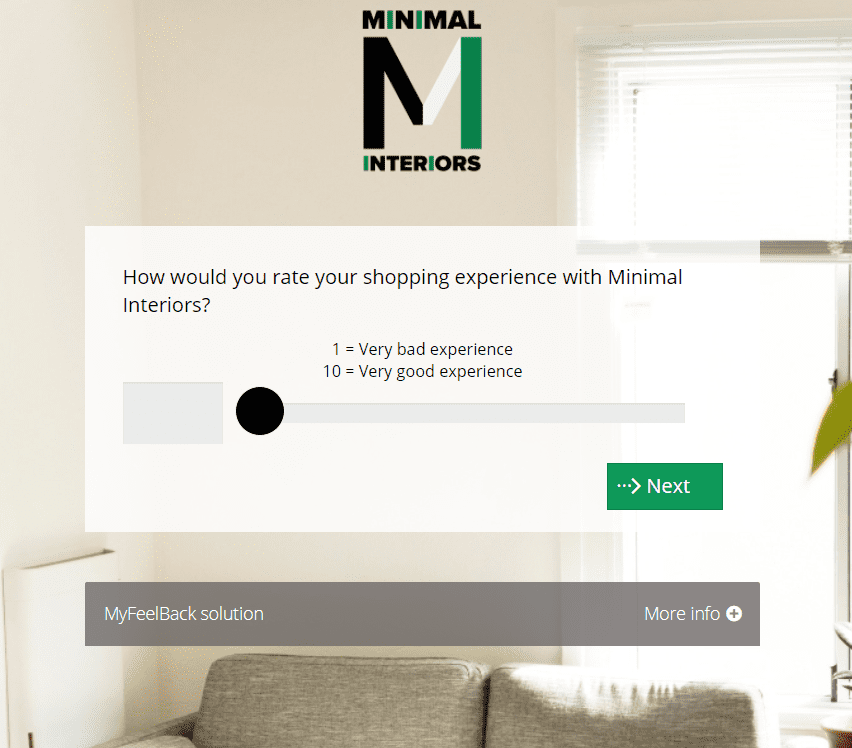Even though you probably already understand the importance of delivering a great customer experience and investing in customer success, it’s possible that you still have a few things to learn. If you aren’t careful, you may find yourself making some of the most common and costly mistakes a business can make. While it’s true that...
Even though you probably already understand the importance of delivering a great customer experience and investing in customer success, it’s possible that you still have a few things to learn.
If you aren’t careful, you may find yourself making some of the most common and costly mistakes a business can make.

While it’s true that no customer experience will ever be 100% perfect for each person who does business with you, avoiding these four common mistakes will go a long way towards helping you increase customer happiness and loyalty.
#1 You aren’t offering a consistent omnichannel customer experience
Customers approach their experiences with you from multiple channels. Therefore, you must ensure a consistent experience across all of those channels.
Fierce Retail has found that 80% of store shoppers first check prices online. One-third of those shoppers access information on their mobile device while in store. Similarly, PwC reports that 86% of US consumers typically shop across at least two channels.
They have found that 88% of consumers research a product online before buying and 73% research online specifically when buying clothing, footwear, toys, and health and beauty products.
This online research doesn‘t only lead to online purchases, it’s often a critical step in a larger journey, leading to purchases via other channels.

Therefore, retailers must adapt and be agile with today’s technology, embracing customer demand for a omnichannel experience. Customers are increasingly shopping across a variety of channels – brick and mortar, website, mobile app – and even using a variety of channels to complete a single purchase.
To provide a consistent and friction-free experience, you must have the ability to synchronize all of those channels.
Discover more: 12 indicators that you must monitor to improve your e-commerce performance.
#2 You’re making your customers jump through hoops
The more effort a customer has to expend to do business with your company, the less loyal they are likely to be. As the Corporate Executive Board has found, customers who are forced to put forth high effort with a company are 96% more likely to become disloyal.

Despite the research showing a clear correlation between high levels of effort and customer dissatisfaction, 58% of companies still don’t measure their customer journey across channels to gauge how much effort is required of their customers.
But when 82% of consumers describe their last buying experience as “requiring too much effort”, you need to listen.
Your challenge is to pinpoint what, exactly, is the cause or causes of friction. One way to identify specific weaknesses in the customer journey is with the CES (Customer Effort Score), a measurement which can be administered after every interaction from any touch point.
#3 You still haven’t invested in a CRM platform, big mistake!
A study of over 300 small business owners found that only 34% of them had a customer relationship management (CRM) platform. While there was no word on how the other 66% tracked their customers, it’s not hard to imagine them using a combination of notebooks, scratch paper, and sticky notes.
Forbes reports that many businesses use, on average, 35 different data-gathering systems, with little to no integration.
In fact, only a quarter of businesses claim to have in place a fully integrated system.
For everyone else, the lack of integration system often cripples any efforts to obtain a clear understanding of their customers and, therefore, stifles the potential benefits this information could bring.

Some of the benefits of a CRM platform delivers include:
- Better organization of basic information and details about customers and leads;
- Better tracking of each customer’s transaction history, along with information about where they are in the sales process;
- Better analytics for predicting customers’ future needs.
#4 You continue to ignore your customers’ opinions on their customer experience
You need to take into account what your customers think and want from you as a company, in order to deliver the best possible customer experience for them.
Customer satisfaction surveys play a crucial role in running a healthy business. Surveys help measure satisfaction and dissatisfaction with products and services, build customer trust and provide a business with opportunities to evaluate its overall performance.
As Oracle has discovered, businesses which regularly gather and implement customer feedback experience higher and more consistent levels of customer satisfaction than those who don’t.
Companies which can proactively address their customers’ needs and wants are more likely to succeed.
Feedback surveys help a business see how customers view their offerings, and provide insights into how those offerings compare with those of the competition.
Moreover, surveys deliver unfiltered customer impressions, whether positive or not-so-positive, about the business’s customer experience. It Provides clear insights into what’s working, what isn’t, and how customers’ needs are changing over time.

MyFeelBack survey
MyFeelBack for instance offers targeted and qualified surveys to collect this data, that will enable you to make data-driven decisions, through questions based on specific indicators.
There are many different types of surveys and questions you can ask your customers, but one thing is for sure, if you don’t ask them about it you’ll never have the truth. They’re the mirror of your business and the ones you need to satisfy.
Know you have it, if you’ve been making these four mistakes or even one, you need to work on them straight off.
These are the type of errors that are truly harming your business and making you miss opportunities as well as an optimized performance for your company. Become number 1 at providing the best possible customer experience, otherwise, someone else will.








